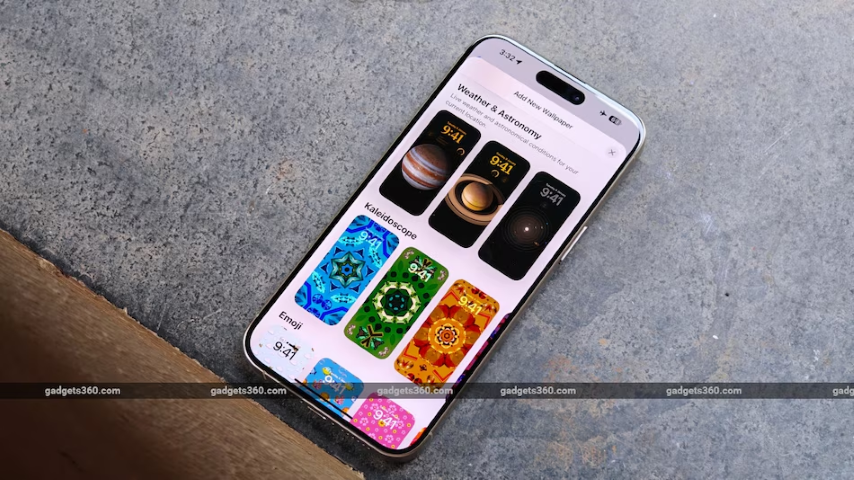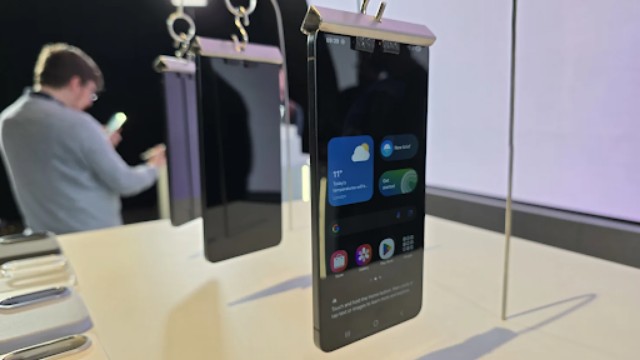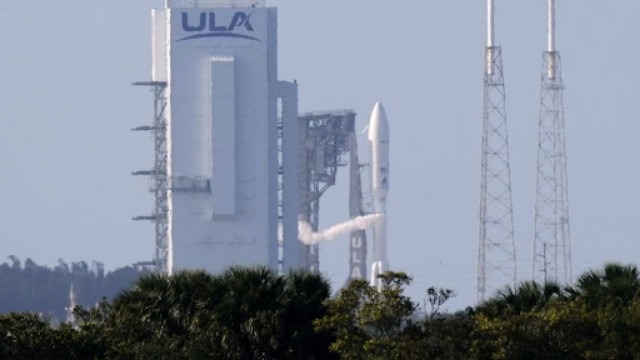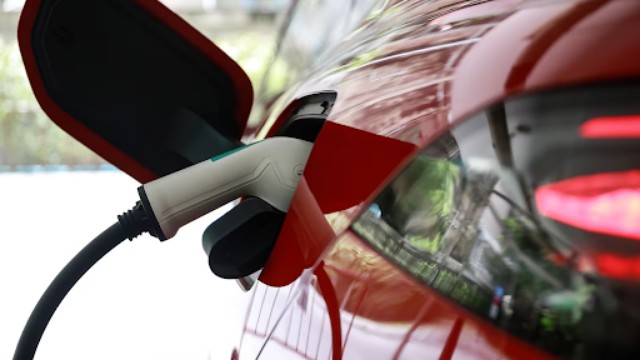
Reports indicate iPhone 16 Pro & Pro Max may have slimmer bezels, but production issues loom over display technology. (Gadgets 360)
Reports suggest that later this year, Apple might unveil the iPhone 16 Pro and iPhone 16 Pro Max boasting even slimmer bezels compared to their predecessors. These successors to the iPhone 15 Pro series, which already had thinner bezels compared to the 2022 models, are rumored to feature slightly larger screens while reducing the black borders surrounding them. However, there are challenges in the production of these displays for Apple's suppliers.
According to a report by The Elec (via 9to5Mac), Apple is employing its Border Reduction Structure (BRS) technology to diminish the size of the bottom bezel on the iPhone 16 Pro and iPhone 16 Pro Max. This involves using under-display technology related to wiring and circuits, which has become a hurdle for Apple's component suppliers. None of Apple's suppliers have been able to produce enough units to meet the company's standards, the report states.
Apple is expected to rely on three suppliers for the iPhone 16 series. BOE (Jingdongfang) may produce displays for the iPhone 16 and iPhone 16 Plus, while LG Display could supply OLED screens for the iPhone 16 Pro and iPhone 16 Pro Max. Samsung Display is reportedly anticipated to produce screens for all four models in the lineup.
While the bezels might shrink on the iPhone 16 Pro and iPhone 16 Pro Max, details regarding the standard models — the iPhone 16 and iPhone 16 Plus — are not available yet. These models are speculated to come with a revamped rear camera module featuring a new vertical layout, marking Apple's first change to the camera island since the iPhone 13 in 2021.
Recent leaked images of purported dummy units of all four models in the iPhone 16 series seem to support previous leaks. The new vertical pill-shaped camera island is visible on the standard models, while all four models are depicted with an Action button and the new 'capture' button, reportedly debuting in the iPhone 16 series later this year.















